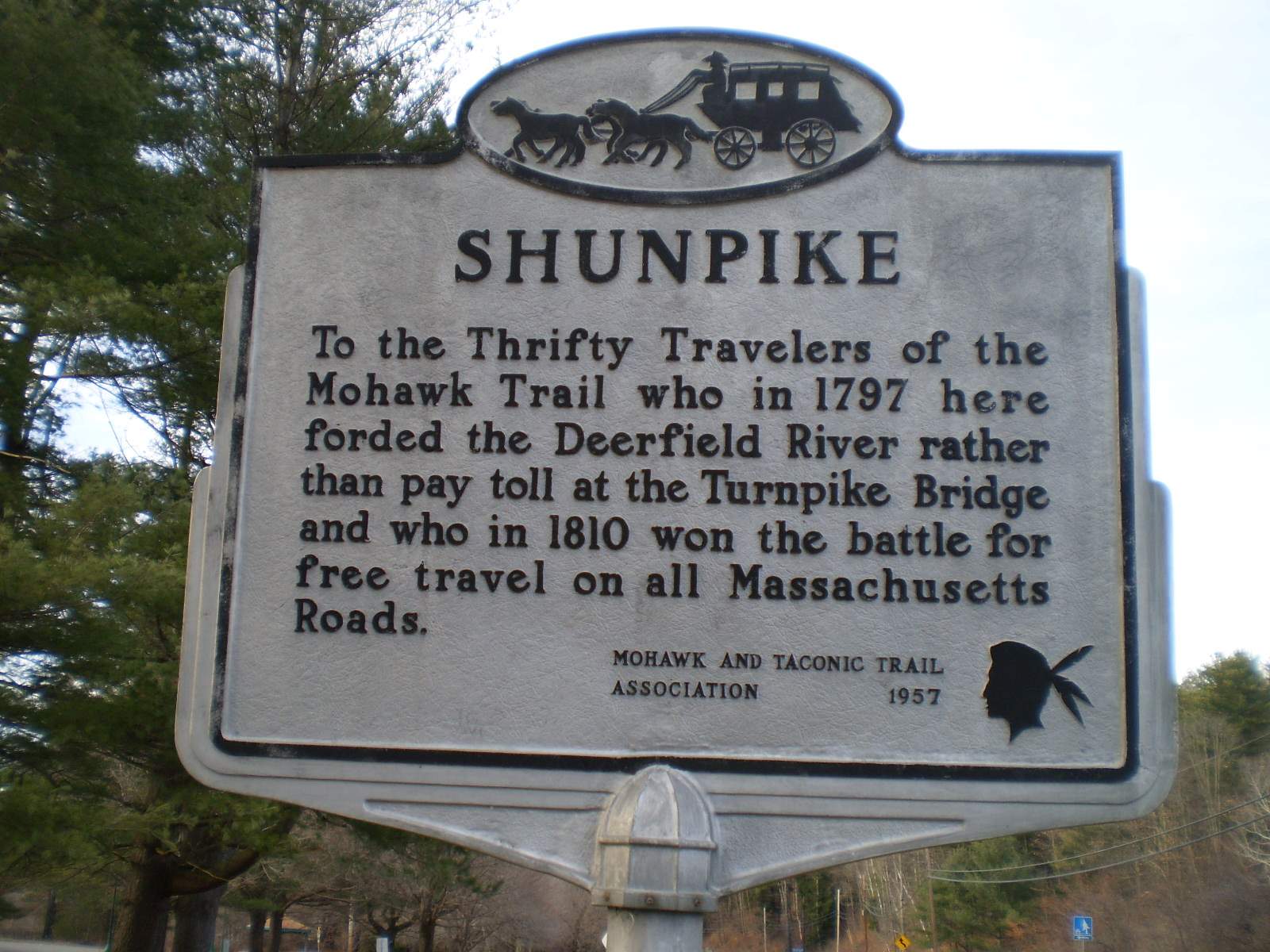Forgotten Shunpikes Of Colonial America

Ever wondered about the hidden paths of Colonial America? Shunpikes were the secret roads that early settlers used to avoid tolls and main highways. These routes, often winding through forests and fields, provided a glimpse into the daily lives of those who traveled them. Unlike the bustling main roads, shunpikes offered a quieter, more scenic journey. They connected small towns, farms, and trading posts, creating a network of lesser-known trails. Today, many of these paths remain, waiting to be rediscovered by curious travelers. Join us as we explore the forgotten shunpikes of Colonial America and uncover their stories.
Forgotten Shunpikes of Colonial America
Colonial America was crisscrossed by lesser-known routes called shunpikes. These paths, often bypassing toll roads, offer a glimpse into the past. Let's explore some of these hidden gems.
Hidden Trails in New England
New England's landscape is dotted with shunpikes that once bustled with colonial activity. These trails reveal stories of early settlers and their journeys.
Old Connecticut Path: This ancient trail connected Massachusetts Bay to the Connecticut River Valley. Early settlers used it to move westward, avoiding tolls and taxes.
Bay Path: Running from Boston to Springfield, this route was a vital link for trade and communication. It allowed travelers to bypass the more heavily trafficked Boston Post Road.
King's Highway: Stretching from Boston to New York, this road was an essential artery for colonial travel. Parts of it remain as quiet country lanes, echoing the footsteps of early Americans.
Southern Shunpikes
The southern colonies also had their share of shunpikes, providing vital connections between plantations, towns, and ports.
Great Wagon Road: This major route ran from Pennsylvania to Georgia. Settlers used it to avoid the more expensive coastal routes, making it a lifeline for frontier communities.
Natchez Trace: Originally a Native American trail, this path became a crucial route for traders and settlers moving between the Mississippi River and Nashville.
Old King's Highway: Running through the Carolinas, this road connected Charleston to the interior. It allowed travelers to avoid the coastal toll roads, making it a popular choice for those heading inland.
Mid-Atlantic Routes
The Mid-Atlantic region's shunpikes played a key role in the movement of goods and people during colonial times.
Braddock Road: Named after British General Edward Braddock, this route connected Alexandria, Virginia, to the Ohio River Valley. It was used by settlers and soldiers alike, bypassing the more heavily guarded routes.
Forbes Road: This path, named after General John Forbes, linked Philadelphia to Pittsburgh. It provided a crucial alternative to the more direct but dangerous routes through the Appalachian Mountains.
Old Mine Road: One of the oldest continuously used roads in America, this route connected the Delaware Water Gap to the Hudson River. It was originally used by Dutch miners and later became a vital link for settlers.
Western Frontier Paths
As settlers pushed westward, new shunpikes emerged, providing vital connections to the expanding frontier.
Zane's Trace: This early road cut through the Ohio wilderness, connecting Wheeling, West Virginia, to Maysville, Kentucky. It allowed settlers to bypass the more established routes along the Ohio River.
Cumberland Road: Also known as the National Road, this route connected the Potomac and Ohio Rivers. It was a crucial artery for westward expansion, providing an alternative to the more heavily trafficked river routes.
Santa Fe Trail: This historic route connected Missouri to Santa Fe, New Mexico. It was used by traders and settlers looking to avoid the more dangerous and expensive routes through the Rocky Mountains.
Lesser-Known Paths
Some shunpikes have faded into obscurity, but their stories remain an important part of America's colonial history.
Boone's Trace: Named after the famous frontiersman Daniel Boone, this trail connected the Cumberland Gap to central Kentucky. It was a vital route for settlers moving westward.
Wilderness Road: This path, also blazed by Daniel Boone, connected Virginia to Kentucky. It allowed settlers to bypass the more treacherous mountain passes, making it a popular choice for those heading west.
Mohawk Trail: Originally a Native American trade route, this path connected the Hudson River Valley to the Connecticut River Valley. It was later used by settlers and traders looking to avoid the more heavily trafficked routes.
These forgotten shunpikes of colonial America offer a fascinating glimpse into the past. They remind us of the ingenuity and determination of early settlers as they forged new paths across the wilderness.
Rediscovering Hidden Paths
Exploring the forgotten shunpikes of Colonial America offers a unique glimpse into the past. These hidden routes, once bustling with activity, now provide a peaceful escape from modern life. Walking these paths, you can almost hear the whispers of history. They remind us of a time when travel was an adventure, not just a means to an end.
Visiting these shunpikes, you’ll find more than just old roads. There are stories, landmarks, and a sense of connection to those who traveled before us. Whether you’re a history buff or just love a good walk, these paths have something special to offer.
So next time you’re planning a trip, consider taking a detour. You might just find that the journey itself is the best part. Rediscover the charm and mystery of these hidden paths and let them take you back in time.

